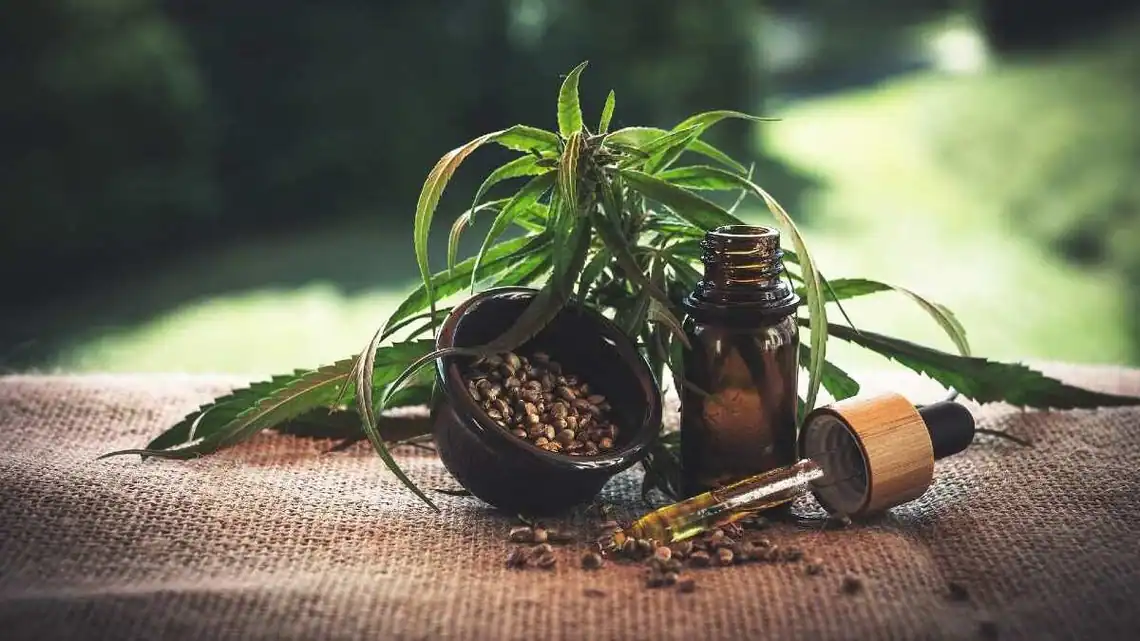In recent years, the therapeutic potential of CBD (cannabidiol) flowers has garnered significant attention, particularly in the realm of pain management. As individuals seek alternative remedies to alleviate discomfort, CBD, a non-intoxicating compound derived from the cannabis plant, has emerged as a promising candidate. However, the question persists: can CBD flowers truly aid in managing pain?
Pain, whether chronic or acute, poses significant challenges to millions worldwide. Conventional approaches often involve pharmaceutical medications, which may carry side effects and risks of dependency. This has fueled the exploration of natural remedies, with CBD at the forefront due to its purported anti-inflammatory and analgesic properties.
CBD interacts with the body’s endocannabinoid system, a complex network of receptors involved in regulating various physiological functions, including pain perception. Studies suggest that CBD may influence these receptors, potentially mitigating pain and reducing inflammation without causing the “high” associated with its counterpart, THC (tetrahydrocannabinol).
CBD flowers, also known as hemp flowers or buds, contain high levels of CBD alongside other cannabinoids and terpenes. These compounds work synergistically in what’s known as the entourage effect, enhancing each other’s therapeutic effects.
Research on CBD’s efficacy in pain management is promising but still evolving. A 2020 systematic review published in Frontiers in Pharmacology highlighted CBD’s potential for relieving neuropathic and inflammatory pain. Another study in the European Journal of Pain showed significant improvements in participants with peripheral neuropathy, a type of chronic pain, after using CBD.
Despite these encouraging findings, the regulatory landscape and the quality of CBD products remain significant considerations. The lack of standardized dosages, inconsistent product quality, and varying regulations contribute to the complexity surrounding CBD’s use for pain relief. Additionally, individual responses to CBD can vary widely, influencing its effectiveness.
Moreover, while CBD is generally considered safe, some users might experience side effects like dry mouth, fatigue, or changes in appetite. Interactions with certain medications also warrant caution, underscoring the importance of consulting healthcare professionals before integrating CBD into a pain management regimen.
The market’s expansion has led to a plethora of CBD products, including oils, edibles, topicals, and, notably, CBD flowers. Smoking or vaporizing CBD flowers allows for rapid onset of effects, which some users find preferable for acute pain relief. However, concerns about the inhalation of combustion byproducts or potential lung irritation necessitate careful consideration of consumption methods.
Conclusion
The potential of CBD flowers in pain management holds promise but requires further scientific exploration. While anecdotal evidence and preliminary research are encouraging, comprehensive clinical trials are needed to establish standardized dosages, efficacy, and safety profiles. Additionally, regulatory oversight and quality control measures are crucial to ensure consumers have access to safe and reliable CBD products.
Individuals seeking alternative pain management solutions may consider CBD flowers under the guidance of healthcare professionals, acknowledging that their use should complement, not replace, established treatments. As research advances and regulations evolve, CBD flowers may emerge as a valuable adjunct in the multifaceted approach to addressing pain and improving overall well-being.

